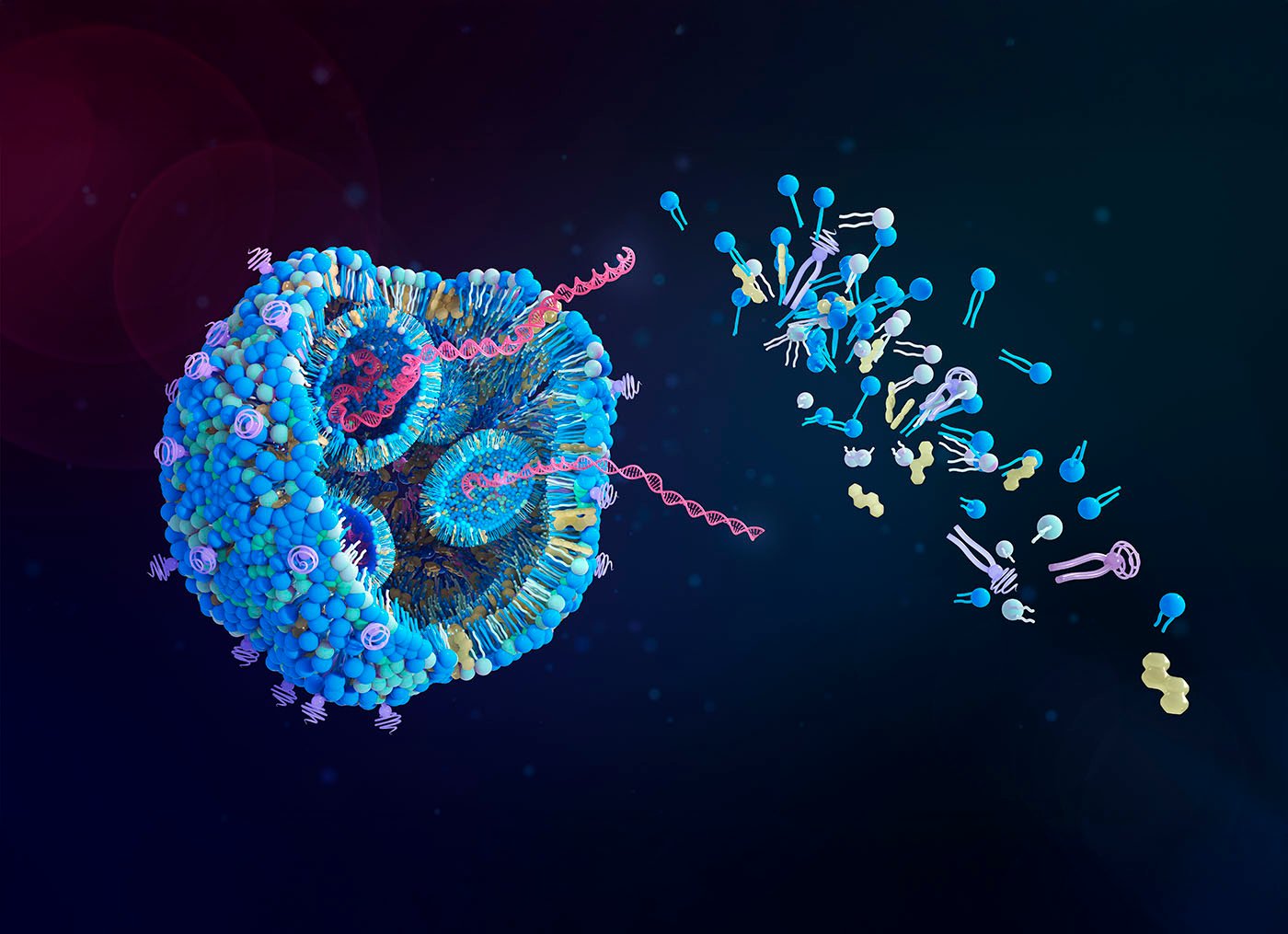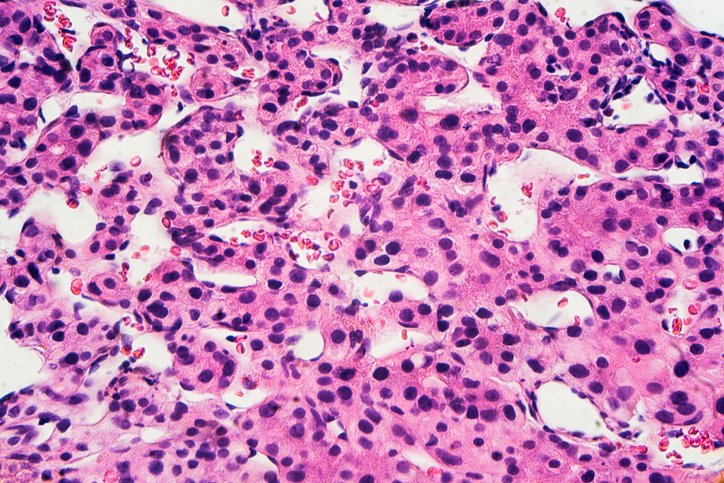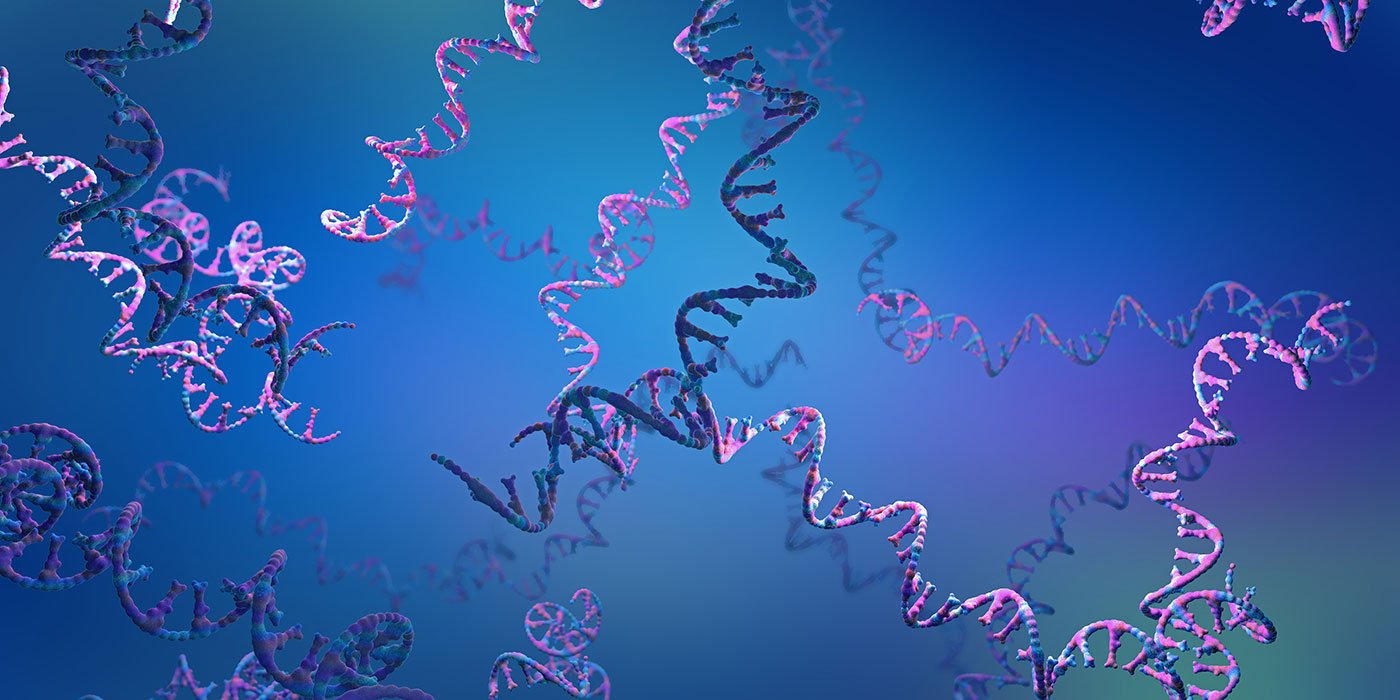New research from scientists at the University of Pennsylvania shows that by tweaking the structure of the ionizable lipid component of lipid nanoparticles (LNPs), they can reduce side effects such as inflammation as well as boost the effectiveness of mRNA-based therapeutics and vaccines. Details of their work are published in a new Nature Biomedical Engineering paper titled “Mannich reaction-based combinatorial libraries identify antioxidant ionizable lipids for mRNA delivery with reduced immunogenicity.”
The key change described in the paper is the addition of phenol groups, chemical compounds with documented anti-inflammatory properties. It is an approach based on data from previous studies that indicate that phenol-containing compounds reduce inflammation by negating the harmful effects of free radicals, which are unpaired electrons that can degrade proteins, damage genetic material, and even kill cells. Essentially, the scientists changed “the recipe for these lipids,” enabling them to “work better with fewer side effects,” explained Michael Mitchell, PhD, senior author on the paper and an associate professor of bioengineering at UPenn. “It’s a win-win.”
Historically, ionizable lipids, one of the four types of lipids in LNPs, have largely been synthesized using chemical reactions that combine two components into a new molecule. Because this approach works so well, “there hasn’t been much effort to look for alternatives,” explained Ninqiang Gong, PhD, co-first author of the paper and a former postdoctoral fellow in the Mitchell lab.
To change up the LNP recipe, the scientists turned to the Mannich reaction, named after the German chemist who discovered it more than a century ago. Rather than two components, the Mannich reaction combines three precursors, allowing for a greater variety of molecular outcomes. With this approach, “we were able to create hundreds of new lipids,” explained Gong.
Exploring that library of lipids led the team to discover that adding a phenol group—a combination of hydrogen and oxygen connected to a carbon ring—substantially reduced side effects associated with LNPs. In addition, by checking various markers associated with oxidative stress, the scientists compared the inflammatory effects of LNPs formulated using different lipids. “The best-performing LNP, which we built using a phenol-containing ionizable lipid produced by the Mannich reaction, actually caused less inflammation,” said Emily Han, a doctoral student and co-author of the paper.
Building on these encouraging results, the scientists next tested whether the new lipids also improved vaccine performance. They found that across multiple experiments, C-a16 LNPs, which incorporated the most anti-inflammatory lipid, did the best compared to others in the library and also did better than currently used LNPs on the market with durable treatment effects. Furthermore, C-a16 lipids also improved the efficacy of gene-editing tools like CRISPR and the potency of vaccines for treating cancer, according to the scientists.
As part of their experiments, the scientists tested how well C-a16 lipids performed in various mouse models. For example, they used them to deliver the gene that makes fireflies glow to mice. They report that the glow in mice was about 15 times brighter compared to the LNPs used in Onpattro, an FDA-approved treatment for hereditary transthyretin amyloidosis (hATTR), a rare genetic liver disease. The C-a16 lipids also improved CRISPR-based delivery of a healthy version of the hATTR gene. In fact, they more than doubled the treatment’s effectiveness in a mouse model compared to current delivery methods.
The lipids were also proven effective in mouse models of melanoma. The scientists reported that an mRNA cancer treatment delivered with C-a16 lipids shrank tumors three times more effectively than the same treatment delivered with the LNPs that were used in the COVID-19 vaccines. The updated LNPs also helped cancer-fighting T cells recognize and destroy tumor cells more efficiently. Finally, the scientists tested the new lipids in mRNA vaccines for COVID-19. Animal models treated with these vaccines had an immune response that was five times stronger than vaccines with standard LNP formulations.
These results come from just one type of chemical reaction. Besides investigating the immediate potential of the new lipids to reduce side effects in mRNA vaccines, the researchers plan to explore whether other overlooked chemical processes can unlock new LNP-enhancing recipes. “It’s exciting to imagine what else remains to be rediscovered,” said Mitchell.
The post Chemical Tweak to Lipid Nanoparticles Cuts Side Effects, Boosts mRNA Potency appeared first on GEN – Genetic Engineering and Biotechnology News.




